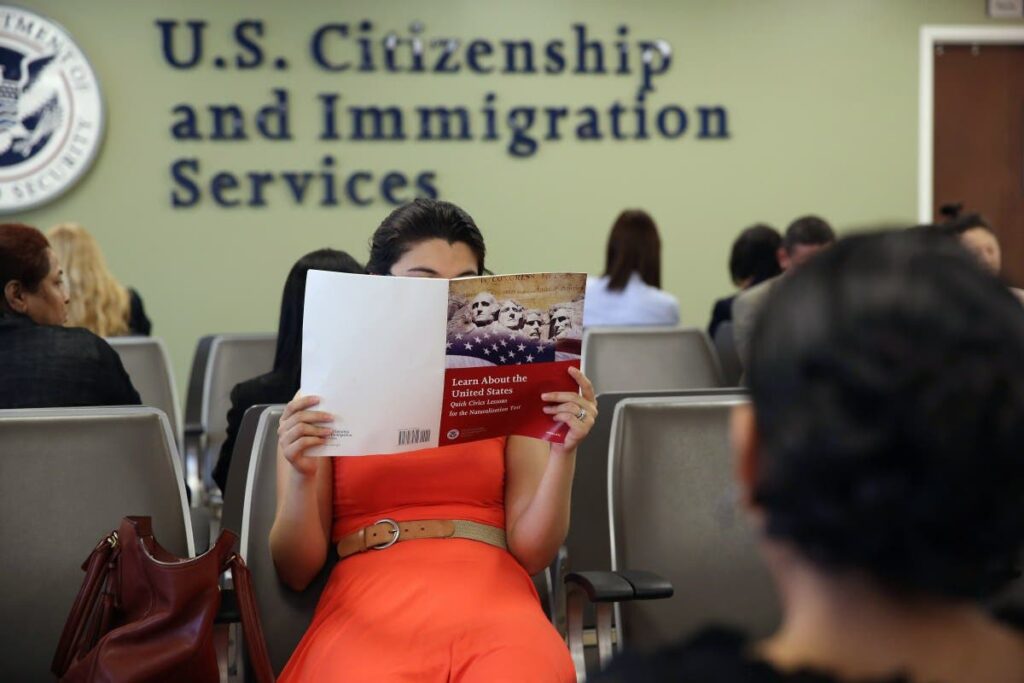The Department of Homeland Security (DHS) will implement a new rule on October 2, 2025, which it says is aimed at streamlining the filing process for certain temporary agricultural worker petitions, according to a press release.
Why It Matters
The change affects H-2A nonimmigrant visas, which allow U.S. employers to hire foreign workers for temporary agricultural work. The H-2A program is designed only for temporary or seasonal work during workforce shortages. The U.S. Department of State issued around 315,500 H-2A visas in fiscal year 2024.
What To Know
Under the new rule, U.S. Citizenship and Immigration Services (USCIS) can begin processing petitions for H-2A workers while the Department of Labor (DOL) is still reviewing the requested employment to ensure it would not negatively impact American workers, the agency announced in a press release on Tuesday.
Some critics argue the policy reflects misplaced priorities in U.S. immigration. While the H-2A program addresses urgent labor shortages in agriculture, opponents contend that easing access for temporary low-skilled workers comes at a time when high-skilled applicants for H-1B visas face long wait times, restrictive caps, and backlogs in employment-based visa categories.
“I believe the [President Donald] Trump administration is doing a good thing by making the H-2A farm guest worker program easier to use, but they are making this type of low-skilled immigration easier, while they also make high-skilled immigration much harder with the messy rollout of the $100,000 fee for H-1B visas and threats against the F-1 student visa program and OPT [Optional Practical Training] work authorization,” Daniel Di Martino, a fellow at think tank the Manhattan Institute told Newsweek.
The OPT authorization is for F-1 international students, allowing them to work temporarily in a job related to their field of study.
“The only explanation I can find is a political one: farmers vote Republican while the health, tech, and education sectors tend not to, so the farmers get easier access to immigrant workers and the rest of the economy is punished,” he added.
Starting October 2, petitioners seeking unnamed beneficiaries can electronically file the new Form I-129H2A, Petition for a Nonimmigrant Worker: H-2A Classification, after DOL issues a notice of acceptance for a temporary labor certification (TLC) and before DOL approves the certification.
Petitioners must include the Employment and Training Administration case number issued by DOL in their initial filing. While USCIS can start processing these petitions sooner, no petition will be approved until the corresponding TLC is formally approved by DOL, the agency said.
The TLC functions as a consultation between DHS and DOL to determine whether any qualified U.S. workers are available to fill the position and whether employing foreign workers would affect the wages or working conditions of American workers in similar roles.
The newly developed Form I-129H2A is only available for electronic submission through a USCIS online account. Paper submissions will be rejected. Currently, the online form is limited to petitioners filing for unnamed beneficiaries without Form G-28. USCIS plans to expand availability in the coming weeks to include named beneficiaries or filings with Form G-28.
For petitioners who prefer paper submissions, the existing Form I-129 remains in use. The new procedural rule does not apply to H-2A petitions with named beneficiaries or paper filings; these petitions must still be submitted only after DOL approves the TLC.
What People Are Saying
“This change allows USCIS to support American farmers in their critical work for our nation, while also ensuring that they hire thoroughly screened and vetted foreign labor. When migrants choose legal pathways to employment in the United States, it is beneficial for American businesses, the public’s confidence in the rule of law, and the foreign workers themselves,” USCIS spokesperson Matthew Tragesser said in a press release.
Analyst Daniel Di Martino wrote in a post on X: “Making high-skilled immigration harder and low-skilled immigration easier! The opposite of what should be done.”
What Happens Next
The changes will come into effect on October 2.
Read the full article here

